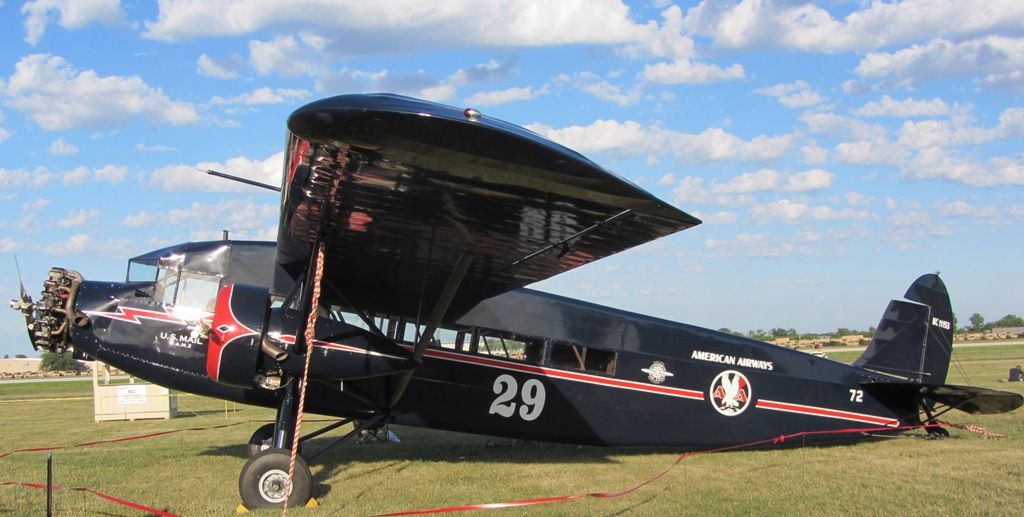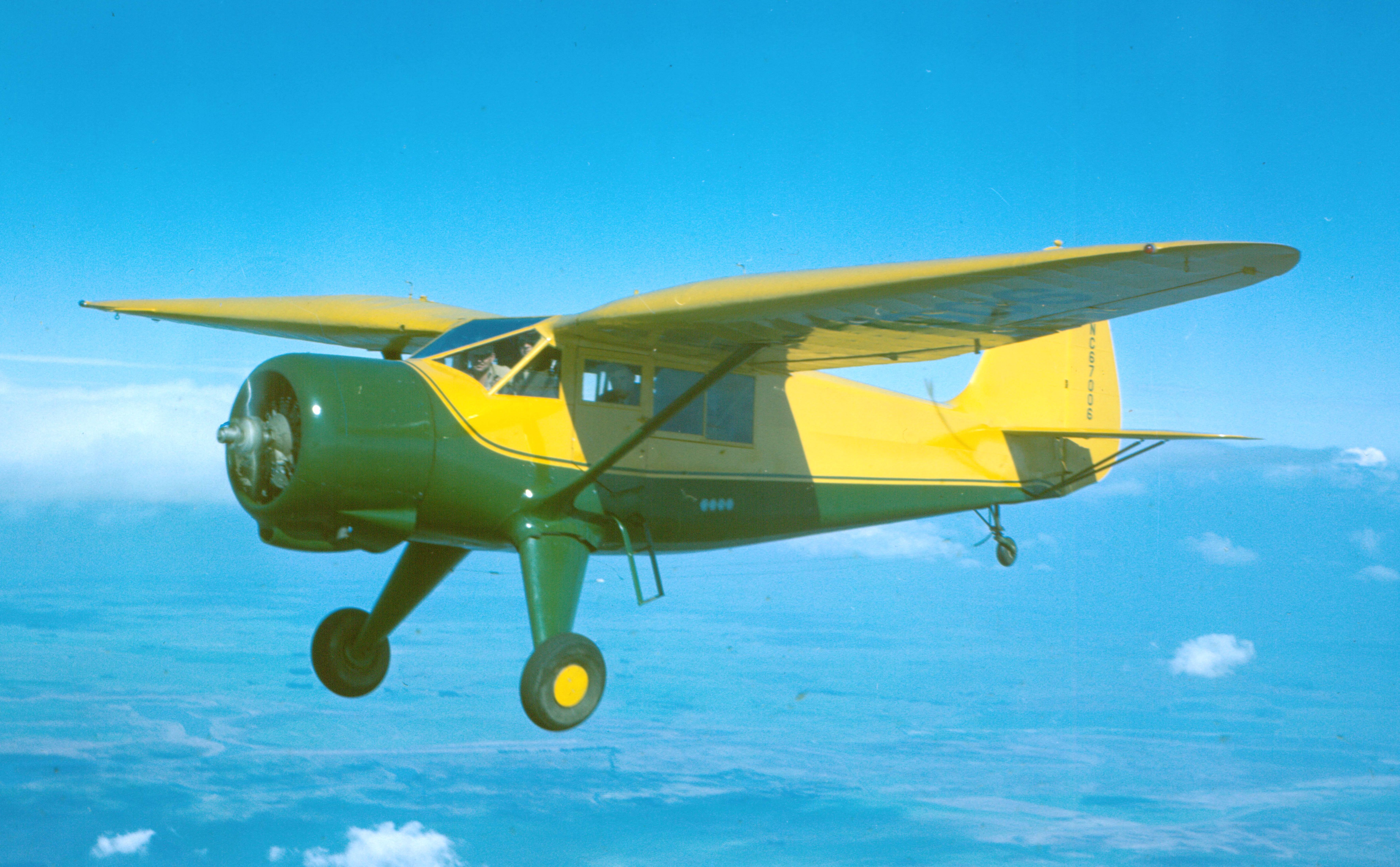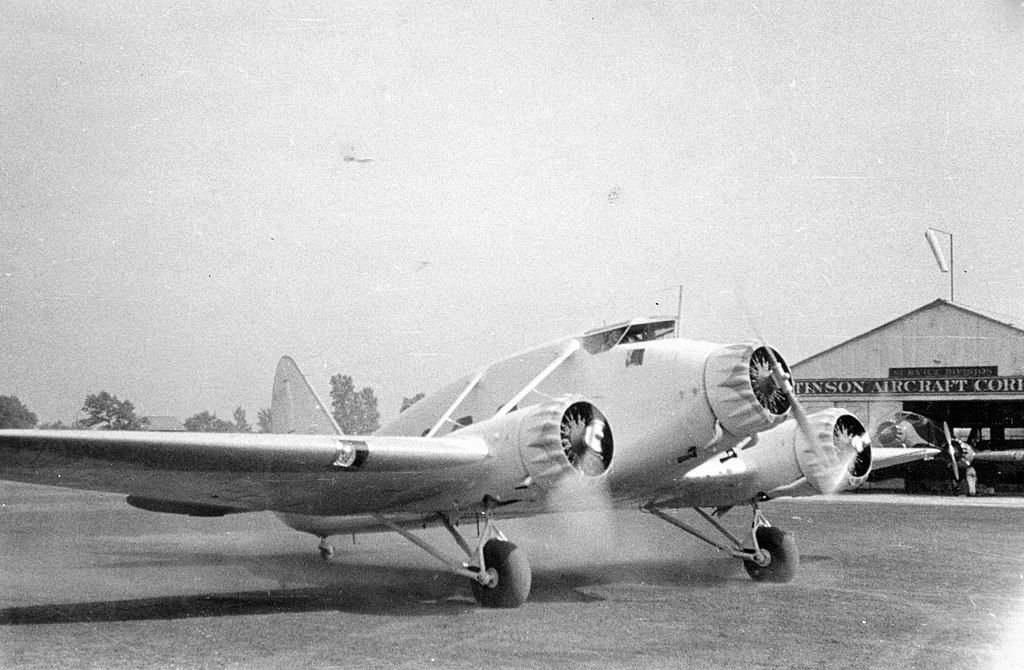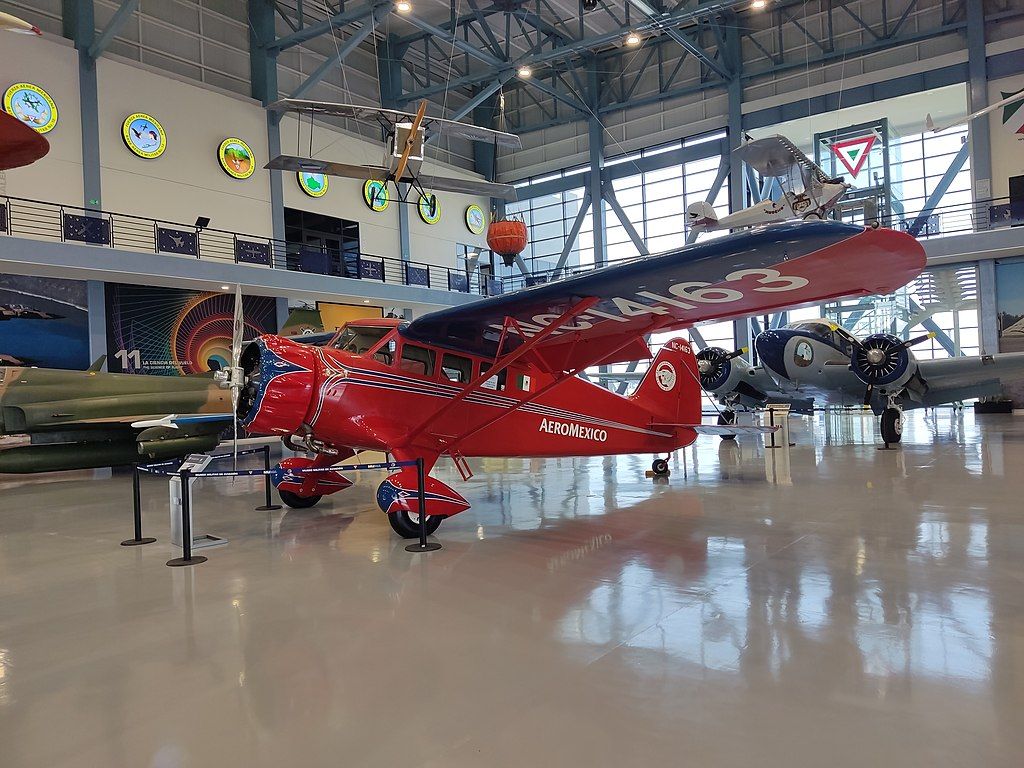The story of Stinson Aircraft Company is deeply intertwined with the early days of general aviation, shaping the industry in ways that still echo today. Founded by one of the aviation pioneers, Eddie Stinson, the company helped to popularize aviation in the United States, making flying more accessible for both private and commercial use. From its innovative designs to its enduring legacy, the history of Stinson Aircraft provides a fascinating glimpse into the evolution of flight.
The origins of Stinson Aircraft
Stinson Aircraft Company was founded in 1920 by Edward “Eddie” Stinson, a pilot who had a passion for aviation. According to U.S. Centennial of Flight Commission, Stinson had already established himself as a skilled aviator, having worked as a barnstormer and an instructor. With the end of World War I, many saw aviation as a key industry of the future, and Eddie Stinson was no exception.
The company was initially based in Dayton, Ohio, but later moved to Detroit, Michigan, where it would become a significant player in the burgeoning aviation industry. Stinson’s early designs were primarily aimed at the general aviation market, including private pilots and smaller commercial operators.
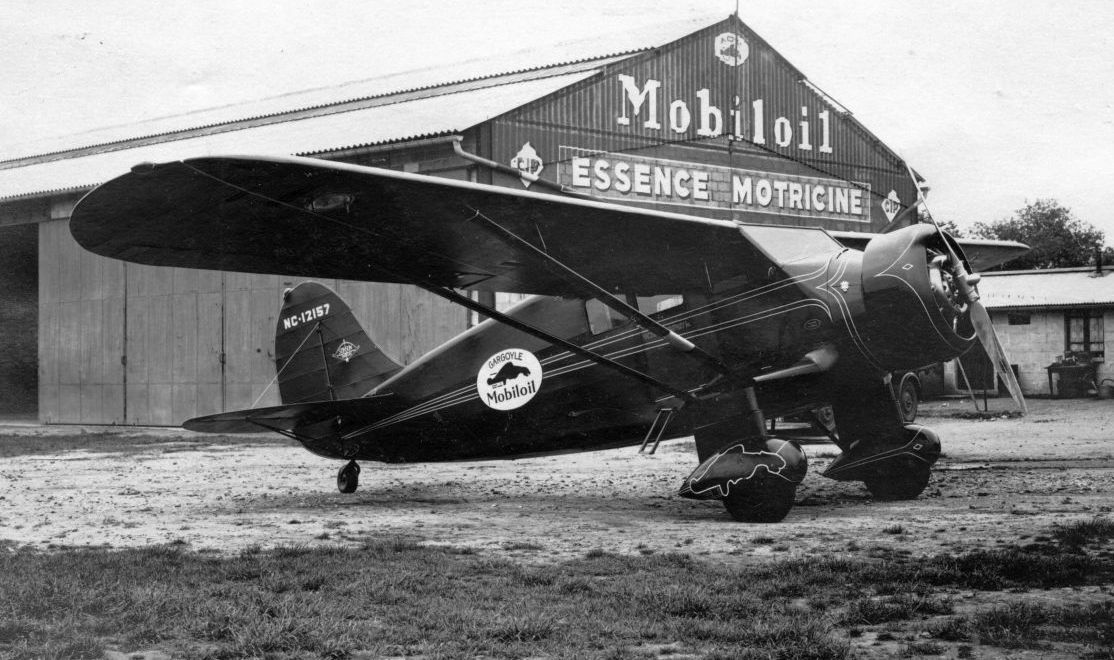
Related
Interwar Icon: How Edward Stinson Became The Most Experienced Pilot Of His Era
The world’s most experienced pilot was just 36 years old when he died.
Stinson’s goal was to create aircraft that were reliable, easy to fly, and suitable for a range of applications, from personal use to mail delivery and air transport. In the years following the inception of Stinson Aircraft Company, it would exceed expectations, achieving the following milestones:
|
Year |
Milestone |
|
1926 |
Introduction of the Stinson SM-1 Detroiter, one of the first cabin aircraft. |
|
1927 |
Northwest (Delta Air Lines today) sells its first passenger ticket on its first of several SM-1 aircraft. |
|
1928 |
Stinson relocates to Detroit and expands its manufacturing capabilities. |
|
1930 |
Stinson Model SR Reliant becomes a commercial success. |
|
1940 |
Stinson joins the war effort, producing aircraft for the US military. |
The Stinson SM-1 Detroiter: a major leap forward
One of Stinson’s first major breakthroughs came in 1926 with the release of the Stinson SM-1 Detroiter (formerly SB-1), per Stinson Owners. This aircraft was significant for several reasons. First, it was one of the earliest cabin aircraft, offering pilots and passengers a more comfortable and weather-protected flying experience.
In an era when most planes were open-cockpit designs, the SM-1 Detroiter stood out for its enclosed cabin, which allowed for safer and more enjoyable flights in various weather conditions. The SM-1 Detroiter was also known for its reliability. Equipped with features like a heated cabin and electric starter, the plane was a hit among commercial operators, particularly for air mail and passenger transport. It demonstrated that general aviation could be both practical and profitable, cementing Stinson’s place in the industry.
Stinson Model SR Reliant: a classic of general aviation
Perhaps the most iconic aircraft in Stinson’s history is the Stinson SR Reliant, which debuted in 1930. This high-wing monoplane became widely regarded as one of the most reliable and versatile aircraft of its time. Known for its sturdy build and adaptability, the Reliant was used for a wide range of purposes, including private flying, air taxi services, and even military operations. The SR Reliant also featured several innovations that made it a favorite among pilots.
Its high-wing design offered better visibility and stability, while its robust construction meant it could handle various types of terrain, making it ideal for bush flying and other demanding environments. With its combination of performance and versatility, the Reliant became a staple of general aviation and helped solidify Stinson’s reputation as a leader in the field.
Wartime contributions
As with many other aviation companies at the time, World War II shifted Stinson’s focus from civilian to military aircraft. During the war, the company played a key role in supplying the US military with aircraft for reconnaissance, training, and transport missions.
The Stinson L-5 Sentinel, for example, became one of the most widely used utility aircraft during the war, performing tasks ranging from medical evacuation to artillery spotting. It was praised for its ruggedness and ability to operate from short and unprepared airstrips, making it a versatile workhorse for military operations. Its success during the war not only helped the Allied forces but also kept Stinson Aircraft at the forefront of aviation innovation during a critical time in world history.
Post-war transition and merger with Piper
After the war, Stinson Aircraft returned to producing civilian aircraft. Unfortunately, Stinson did not live to enjoy the success of his company. According to Avialogs, at age 38, he died in an air crash while on a sales trip in 1932. Stinson’s death accelerated Stinson Aircraft Company’s assimilation into larger corporate entities, eventually being sold to Piper aircraft in 1948.
While this marked the end of an era for Stinson, it ensured that its legacy would live on through Piper’s continued success in the general aviation market. Under Piper, the Stinson line continued for a few more years, with models like the Piper-Stinson 108 series, which remained popular among private pilots. However, by the mid-1950s, the Stinson name faded as Piper fully absorbed the company and its aircraft designs into its own brand.
Legacy of Stinson Aircraft
Though Stinson Aircraft ceased to exist as an independent company, its impact on aviation is undeniable. The company was one of the pioneers of general aviation, helping to make flying more accessible and reliable for a wide range of users. Stinson’s aircraft were known for their durability, versatility, and user-friendly designs, qualities that continue to be appreciated by aviation enthusiasts today.
The legacy of Stinson Aircraft lives on in the vintage aircraft community, where models like the SR Reliant and L-5 Sentinel are still prized by collectors and pilots alike. These planes represent not only a golden age of aviation but also the ingenuity and passion that Eddie Stinson brought to the industry.
Though the company eventually became part of Piper Aircraft, its contributions to aviation history remain significant. Stinson’s legacy continues to inspire modern pilots and aviation enthusiasts, serving as a reminder of the early days when pioneers like Eddie Stinson helped shape the future of flight.

